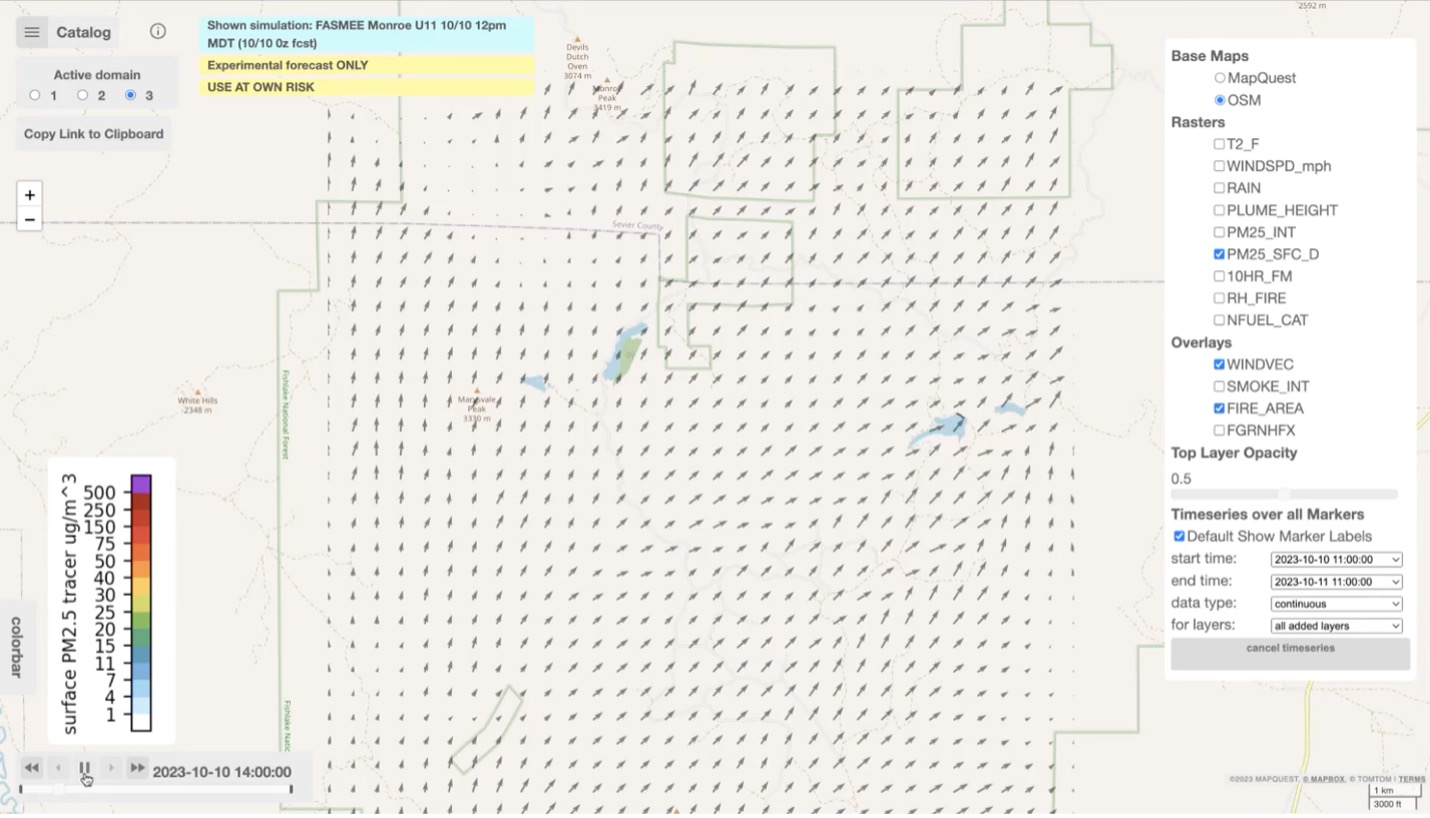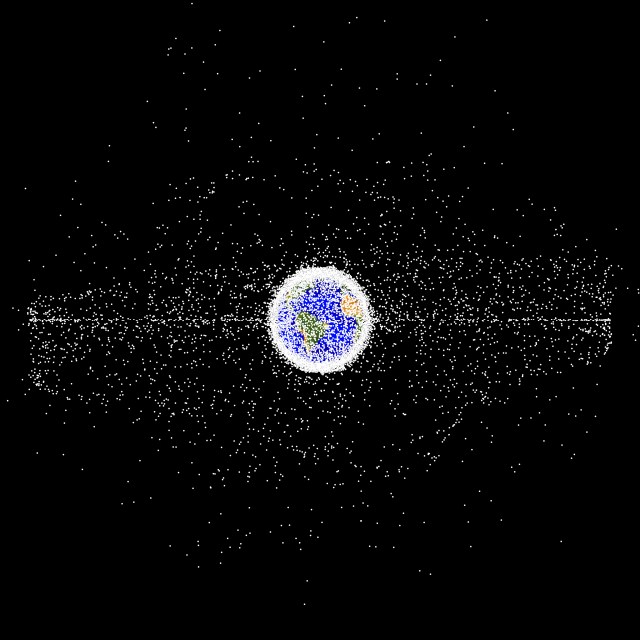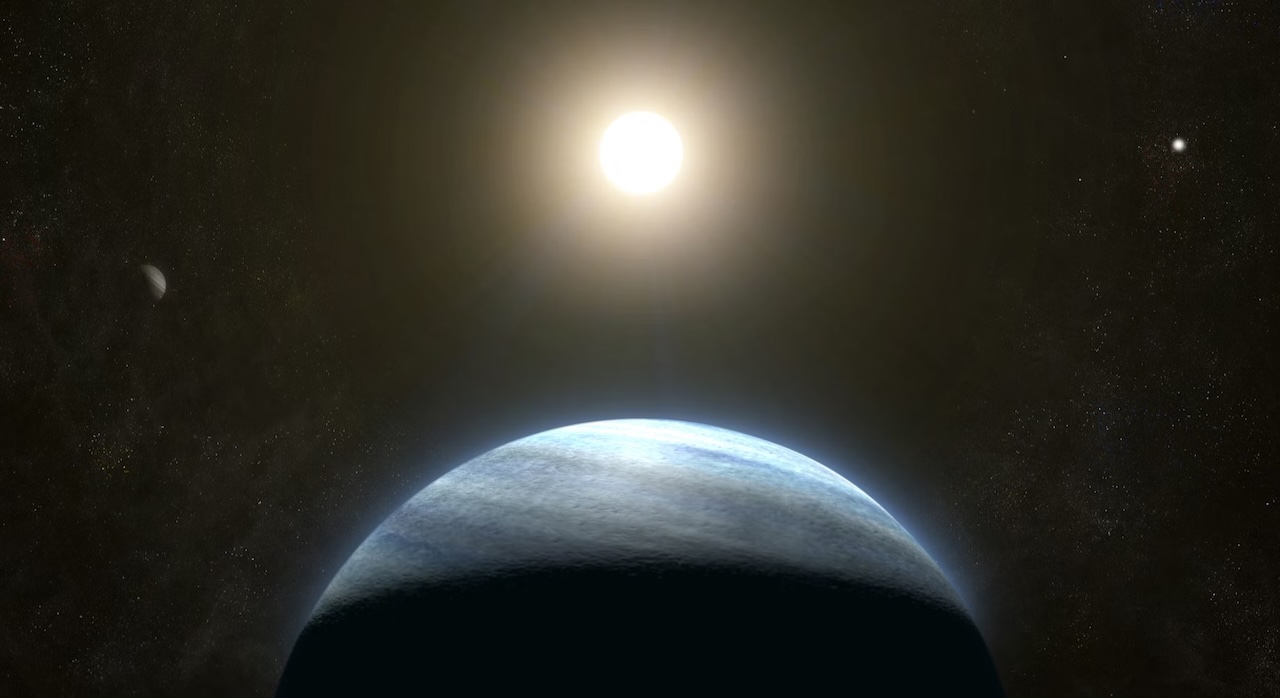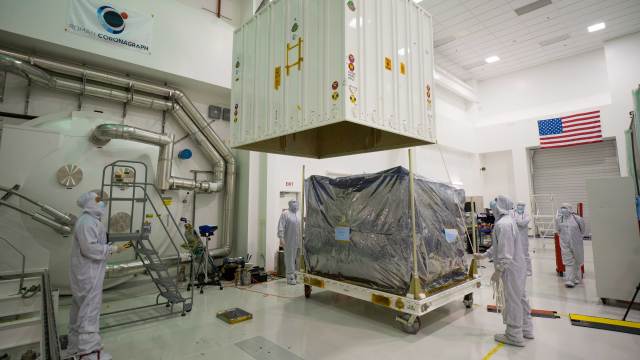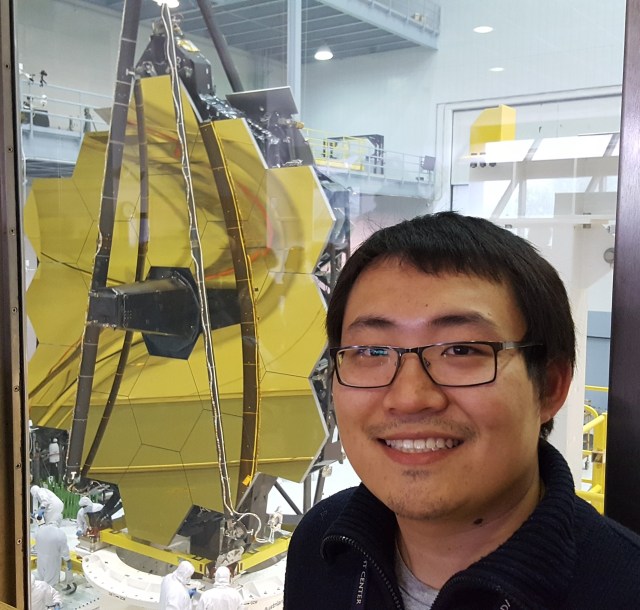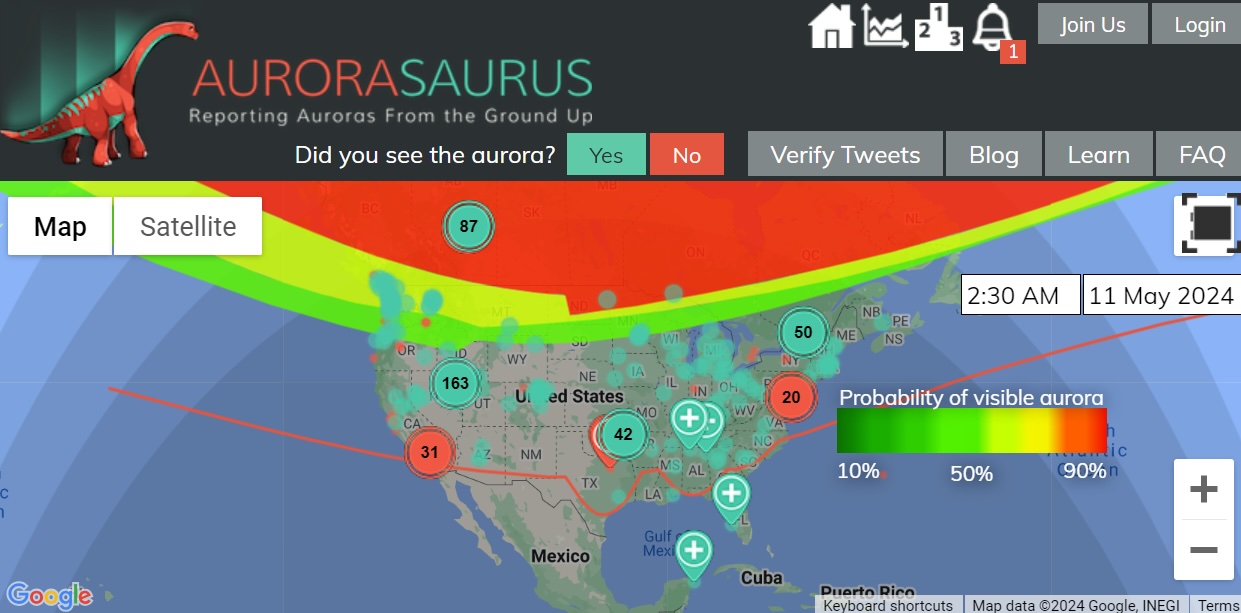Subith Vasu
University of Central Florida
NASA’s planetary science missions will demand advancements in power system technologies while the current state-of-the-art primary battery technology specific energy limits future mission times to days. An excellent option for space-based application is a solid-solid reaction where the fuel and the oxidant are contained in a structured engineered with a controlled burn rate and product evolution. These reactions propagate through a preheating mechanism. High thermal losses can result in cessation of reaction propagation. A solid chemical heat source which produces high exergy heat would enhance NASA’s abilities to operate thermal generation centers on “hot” environments such as Venus, or alternatively provide the mission critical heat necessary for icy world explorations, or deep space exploration in addition to simultaneously providing electrical power. In order to advance chemical energy power systems, we will develop a multi-use solid pyrolant as an energy source which is a regulated solid mass self-propagating exothermic chemical reactions. The proposed work will build on existing knowledge of solid-state fuels to realize a controlled burn reactor. A thermal generator that can provide continuous power for 20 days without the use of radioactive materials will provide a valuable tool for short-term missions. Limiting the use of radio nuclei in heat sources will enhance personnel safety. Long-term missions will also benefit from the proposed solution. Additionally, selection of thermochemical reactions that also produce a useful product can be exploited to increase the scope of mission objectives.


